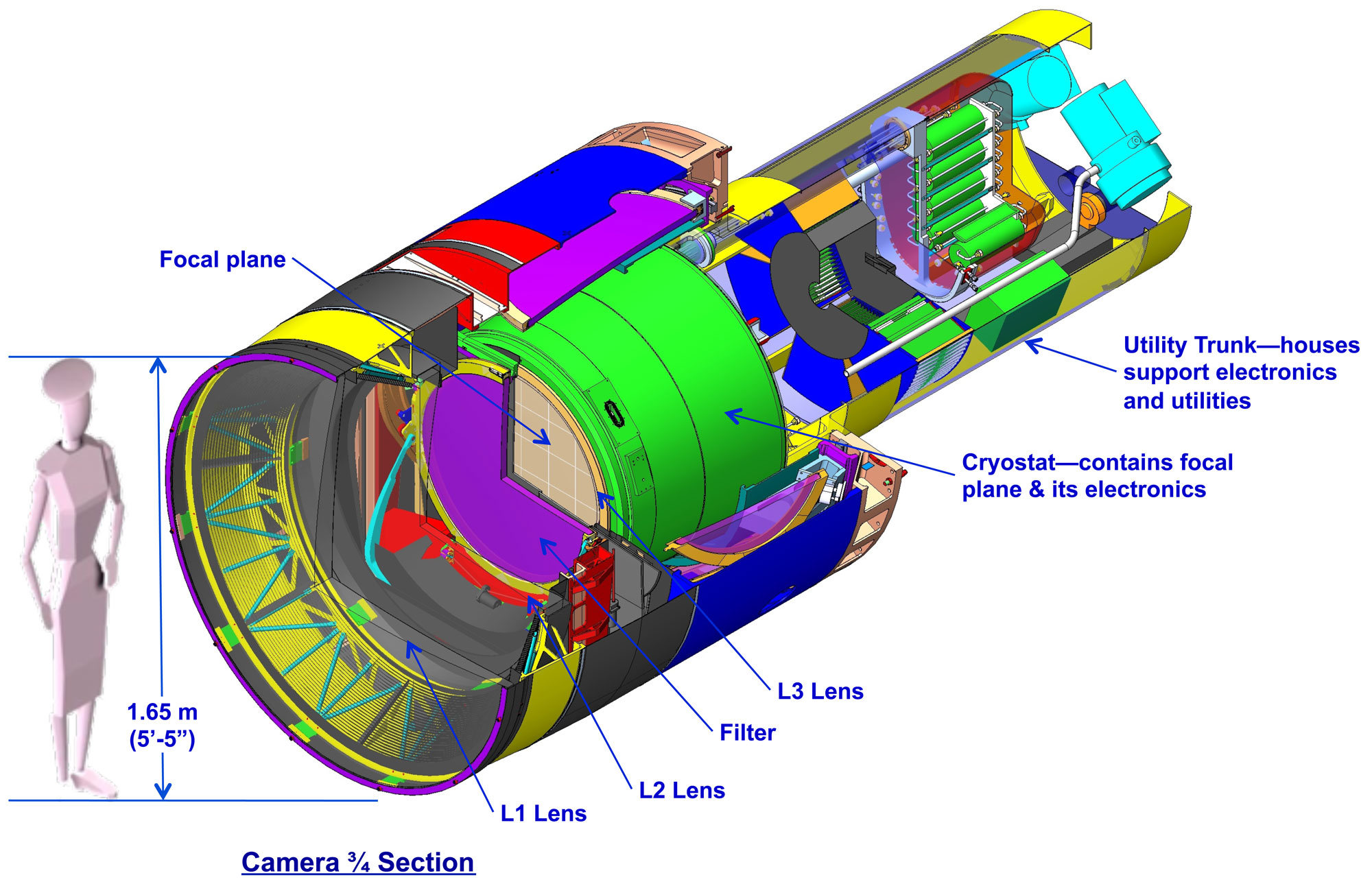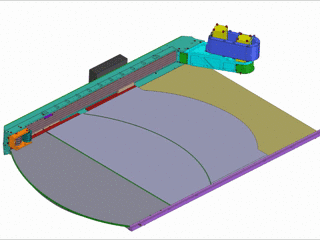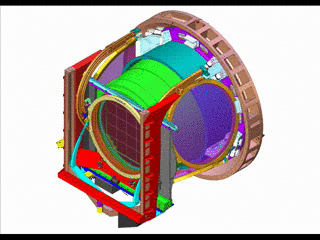- About
- Calendar
- Gallery
- Explore
- News
- For Media
-
For Scientists
- Science Collaborations
- Community Forum
- Early Science
- Survey Strategy
- Alert Brokers
- Data Preview 0
- Glossary & Acronyms
- FAQ
- Codes of Conduct
- Working Groups, Boards, Committees
- Users Committee
- Community Science team
- International Data Rights Holder List
- In-Kind Program
- Citing Rubin Obs.
- Citizen Science
- Education





